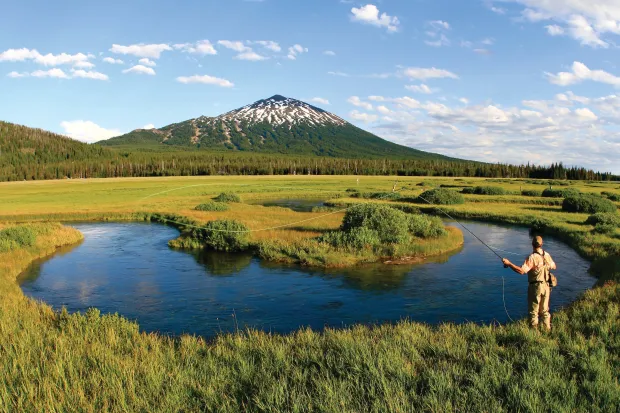
The Complete Guide to Fly Fishing in Oregon’s Wild Waters
The Complete Guide to Fly Fishing in Oregon’s Wild Waters
Oregon, with its diverse landscapes and abundant waterways, is a fly fisherman’s paradise. From pristine mountain streams to winding rivers and serene lakes, the state offers a wide range of fishing experiences for anglers of all levels. In this guide, we’ll explore some of the best spots, techniques, and tips for fly fishing in Oregon’s wild waters.
Choosing the Right Gear

Before embarking on your fly fishing adventure in Oregon, it’s essential to have the right gear. Here are the basics you’ll need:
Fly Rods and Reels
– Rod Weight: For Oregon’s diverse waters, a 4-6 weight rod is versatile enough to handle everything from small streams to larger rivers.
– Reel: Opt for a reel with a smooth drag system to handle potential larger fish.
Fly Lines
A weight-forward floating line is a good all-around choice, but consider sinking lines for deeper waters or specialty lines for specific conditions.
Leaders and Tippet
9-foot leaders in various weights and tippet material ranging from 4x to 6x will cover most situations.
Flies
Research local hatches and bring a variety of nymphs, dry flies, and streamers to match the local insect life.
Waders and Boots
Breathable waders and sturdy boots with felt or rubber soles are crucial for navigating Oregon’s rivers and streams.
Accessories
A quality vest or pack, nippers, forceps, and a landing net are essential tools for a successful day on the water.
Choosing the Right Spot

Oregon boasts an array of fishing spots, each with its unique charm and challenges. Here are some of the top locations to consider:
- Deschutes River: Known for its excellent trout and steelhead fishing, the Deschutes offers both challenging and rewarding fly fishing experiences.
- Metolius River: This spring-fed river is renowned for its crystal-clear waters and vibrant aquatic life, making it an ideal spot for dry fly fishing.
- Rogue River: With its stunning scenery and abundant salmon and steelhead, the Rogue is a popular destination for fly anglers.
- Crane Prairie Reservoir: This high desert reservoir offers exceptional stillwater fishing for trout and bass.
- North Umpqua River: Known as one of the most beautiful rivers in the United States, the North Umpqua is famous for its challenging steelhead fishing.
- Crooked River: This picturesque river offers excellent opportunities for trout fishing. The technical nature of the river demands precise presentations, making it a favorite among experienced anglers.
- Lower Deschutes River: Known for its incredible salmonfly hatch in the spring, the Lower Deschutes is a haven for dry fly enthusiasts. The majestic canyon backdrop adds to the allure.
- Wallowa Lake: Nestled in the Wallowa Mountains, this deep, clear lake offers fantastic fishing for lake trout (mackinaw) and cutthroat trout. It’s a serene spot surrounded by stunning alpine scenery.
- McKenzie River: Famous for its emerald-green waters and prolific hatches, the McKenzie River provides excellent opportunities for both beginners and seasoned fly fishermen. It’s particularly known for its rainbow and cutthroat trout.
- East Lake: Located in the Newberry National Volcanic Monument, East Lake offers superb stillwater fishing for rainbow trout, brown trout, and Atlantic salmon. It’s a tranquil setting with views of volcanic landscapes.
Mastering Fly Fishing Techniques

Oregon’s diverse waters require a range of techniques to maximize success. Here are some essential techniques to master:
- Nymphing: Use weighted nymph patterns and indicators to fish subsurface, especially in slower-moving waters.
- Dry Fly Fishing: Match the hatch with accurate imitations of local insects to entice trout to the surface.
- Streamers: Swing or strip large streamer patterns to mimic baitfish and entice predatory fish.
- Spey Casting: For larger rivers, mastering the spey cast can cover more water efficiently and effectively target steelhead.
- Euro Nymphing: This technique involves using heavily weighted nymphs with long leaders and no indicator. It’s highly effective for precise presentations in faster currents.
- Dry-Dropper Rigs: Combining a dry fly with a nymph below it, this versatile setup allows you to cover both surface and subsurface feeding zones, increasing your chances of success.
- Night Fishing: During the warmer months, night fishing can be incredibly productive. Using large, dark-colored flies can entice trout and other species that are more active after sunset.
Seasons and Hatches
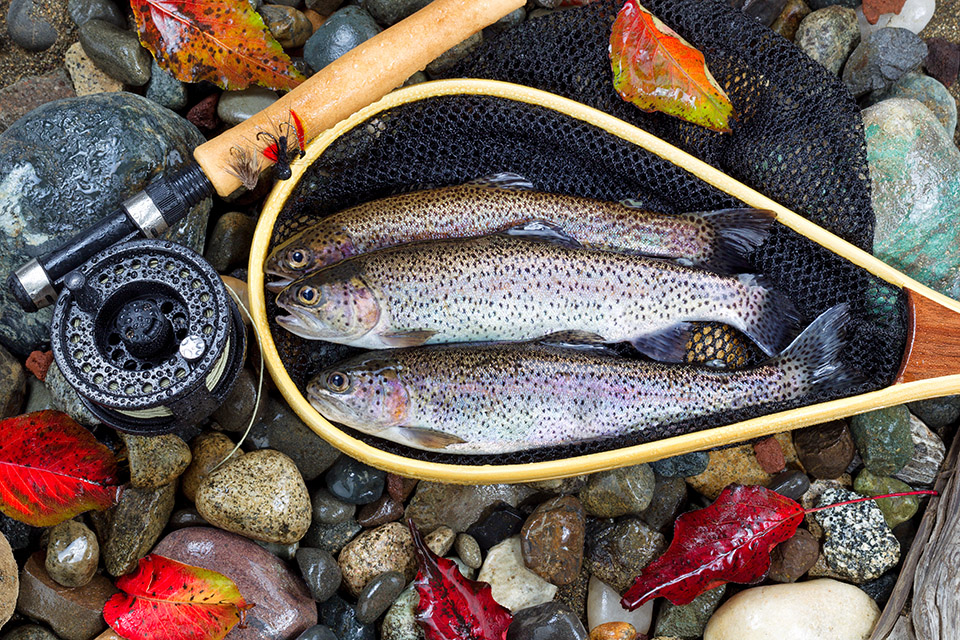
- Spring (March – May): Look out for the famous salmonfly hatch on rivers like the Deschutes and Lower Deschutes. Additionally, various caddis, mayflies, and stoneflies become active during this time.
- Summer (June – August): Pale morning duns, green drakes, and terrestrials like grasshoppers and ants are prevalent during the summer months. High mountain lakes and reservoirs become productive for stillwater fishing.
- Fall (September – November): As temperatures cool, hatches like blue-winged olives and mahogany duns become essential for dry fly enthusiasts. Steelhead fishing on rivers like the Rogue picks up in the later months.
Local Guides and Services
Consider hiring a local guide or utilizing a fly shop’s services. They have invaluable knowledge of the area, access to private waters, and can provide essential tips for a successful outing.
Conservation and Ethics
Responsible fishing is crucial to preserving Oregon’s natural beauty and delicate ecosystems. Always follow catch-and-release practices when necessary, respect fishing regulations, and pack out all trash.
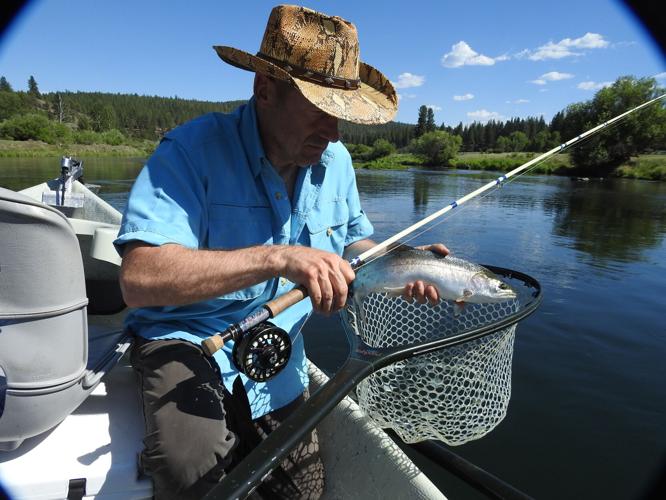
Also, be aware of your surroundings and take necessary precautions. Familiarize yourself with potential hazards like fast currents, changing weather conditions, and wildlife encounters. Additionally, practice Leave No Trace principles to minimize your impact on the environment.
Wrapping It Up
Fly fishing in Oregon’s wild waters offer a rich tapestry of fishing experiences for enthusiasts of all levels. Whether you’re casting a dry fly on the Metolius or swinging a streamer on the Rogue, each adventure promises breathtaking scenery and the chance to connect with nature.
Before you take on your fishing adventure of a lifetime, you’ll want to make sure you get a charter or guide. Whether you’re going fly fishing in Oregon, nearshore, or offshore, we’ve got you covered. Contact us today to book your charter!
Schedule your Oregon Fishing Charter Today!
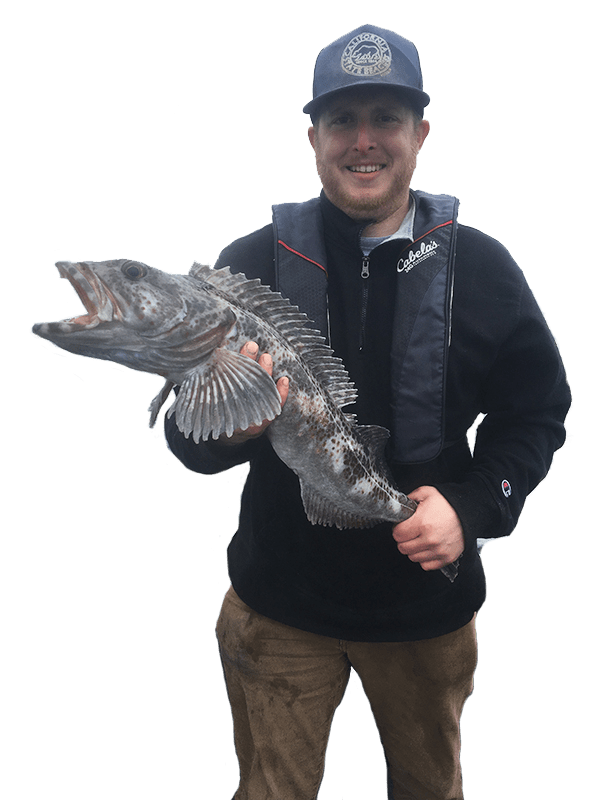

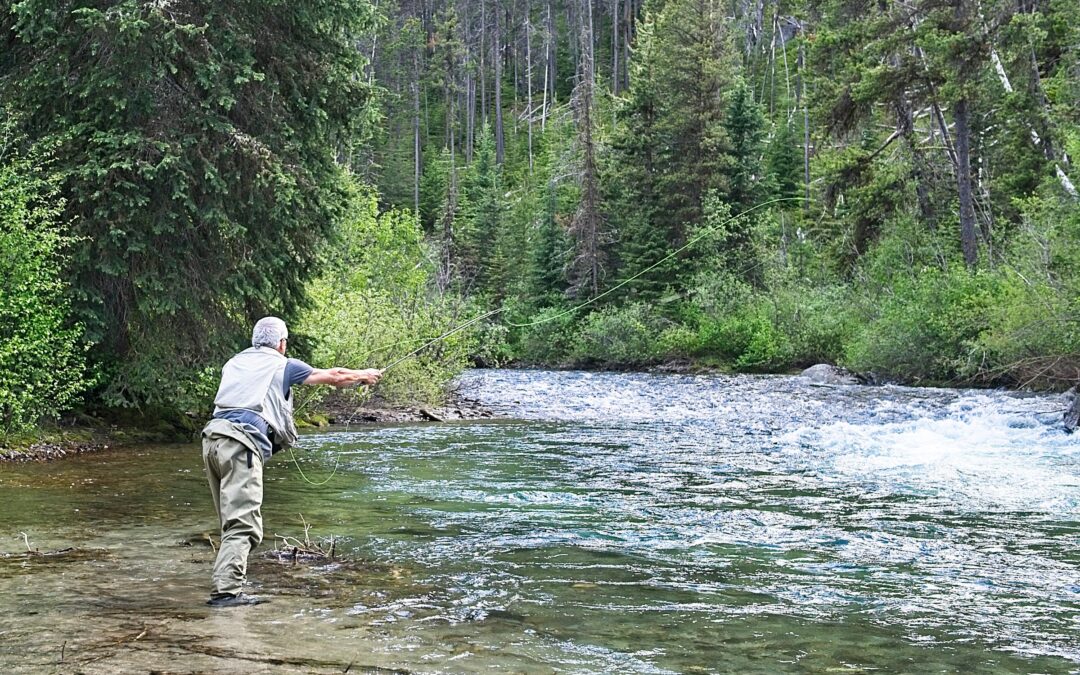
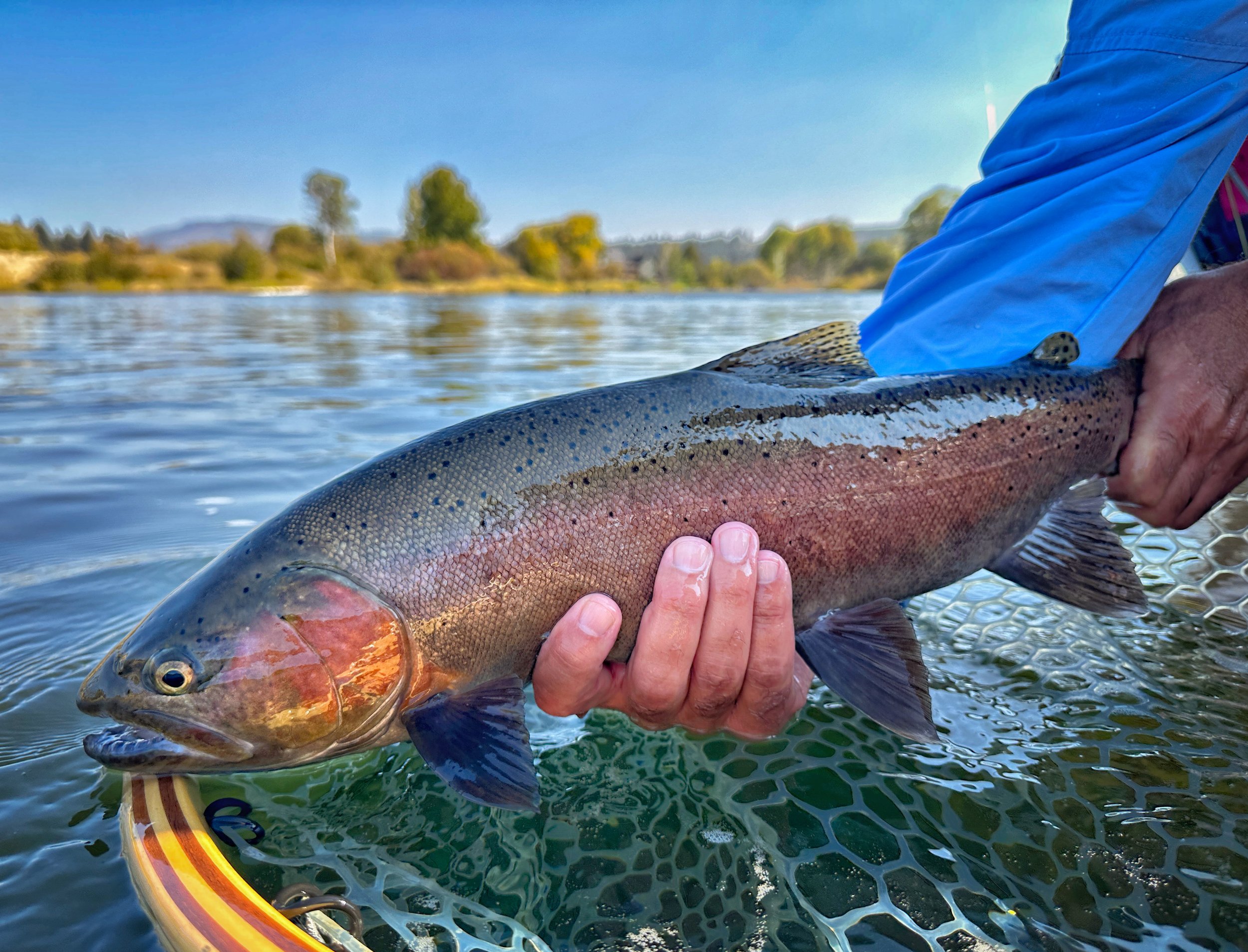 Oregon
Oregon


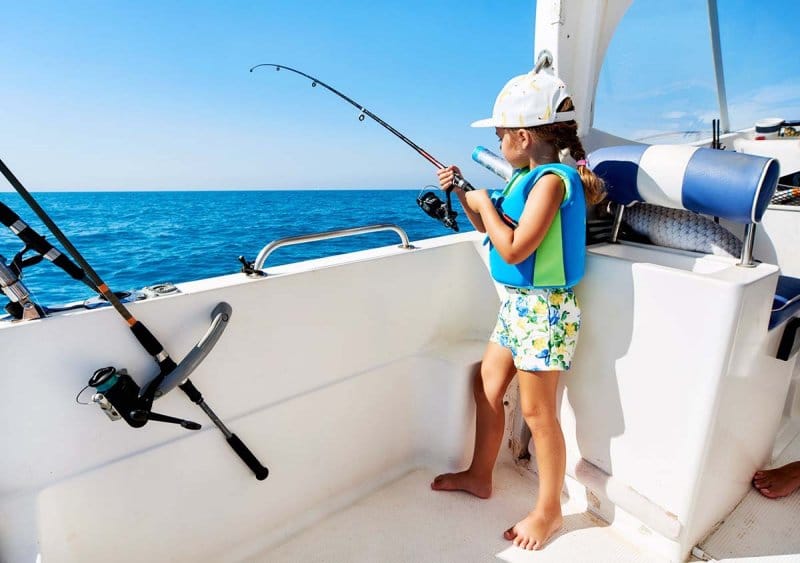


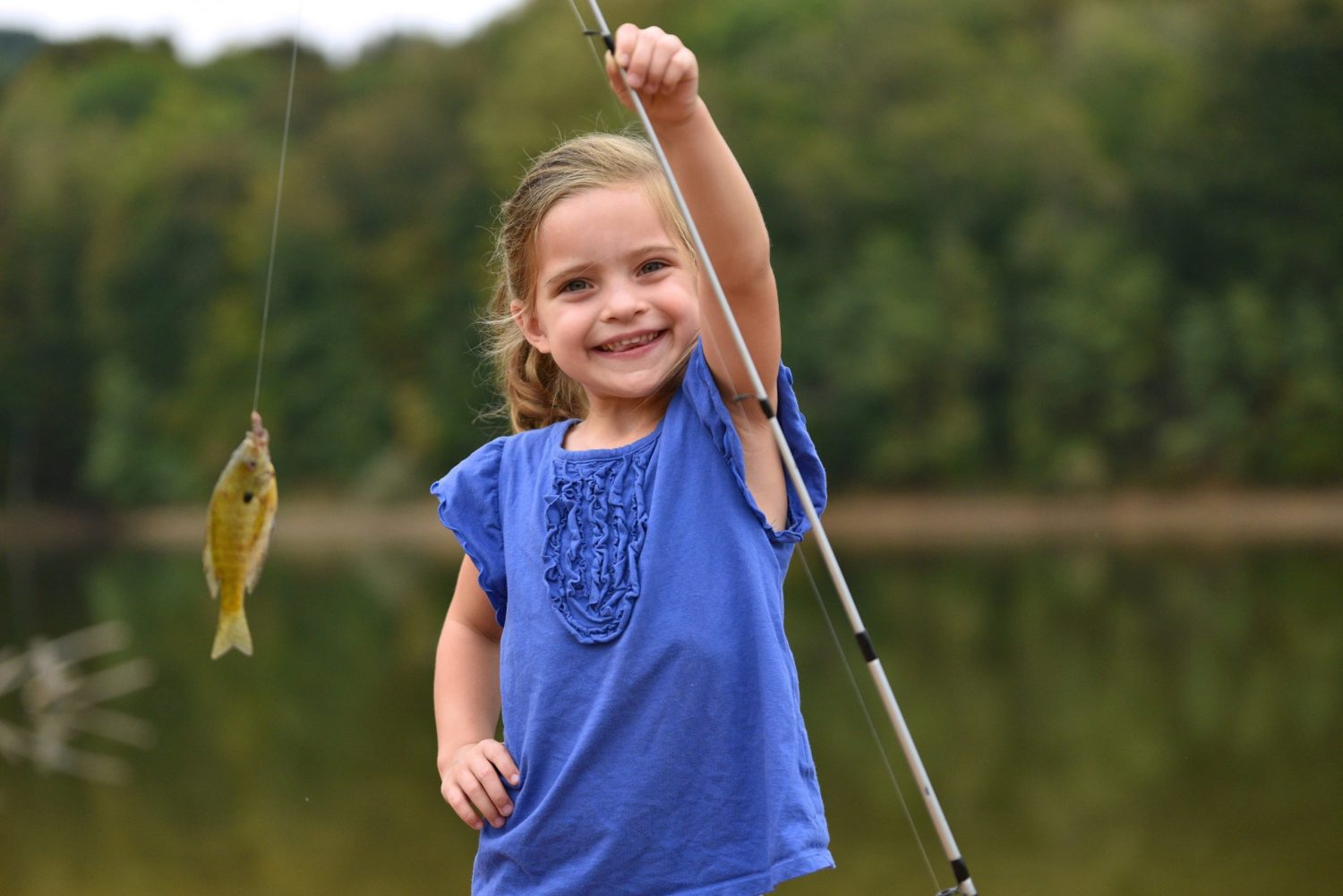
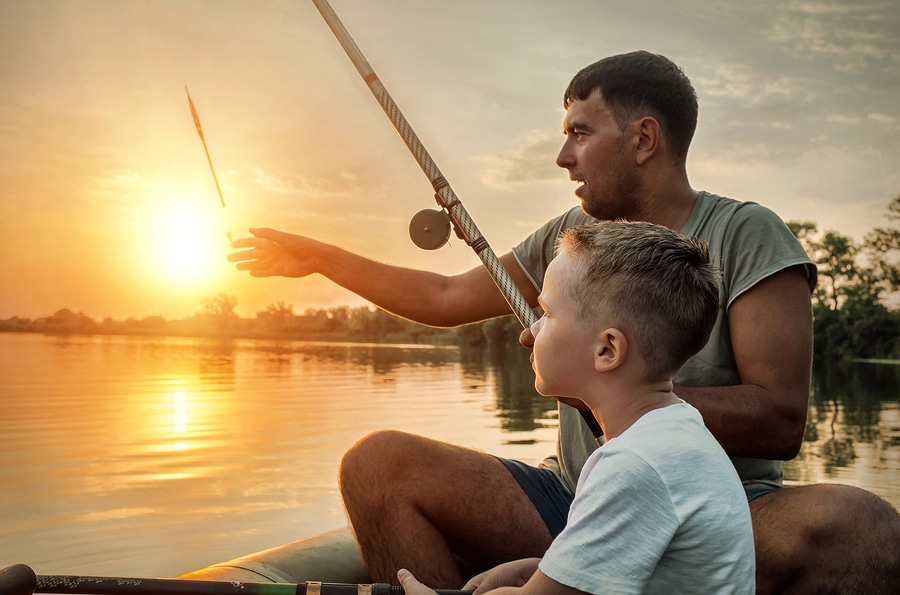
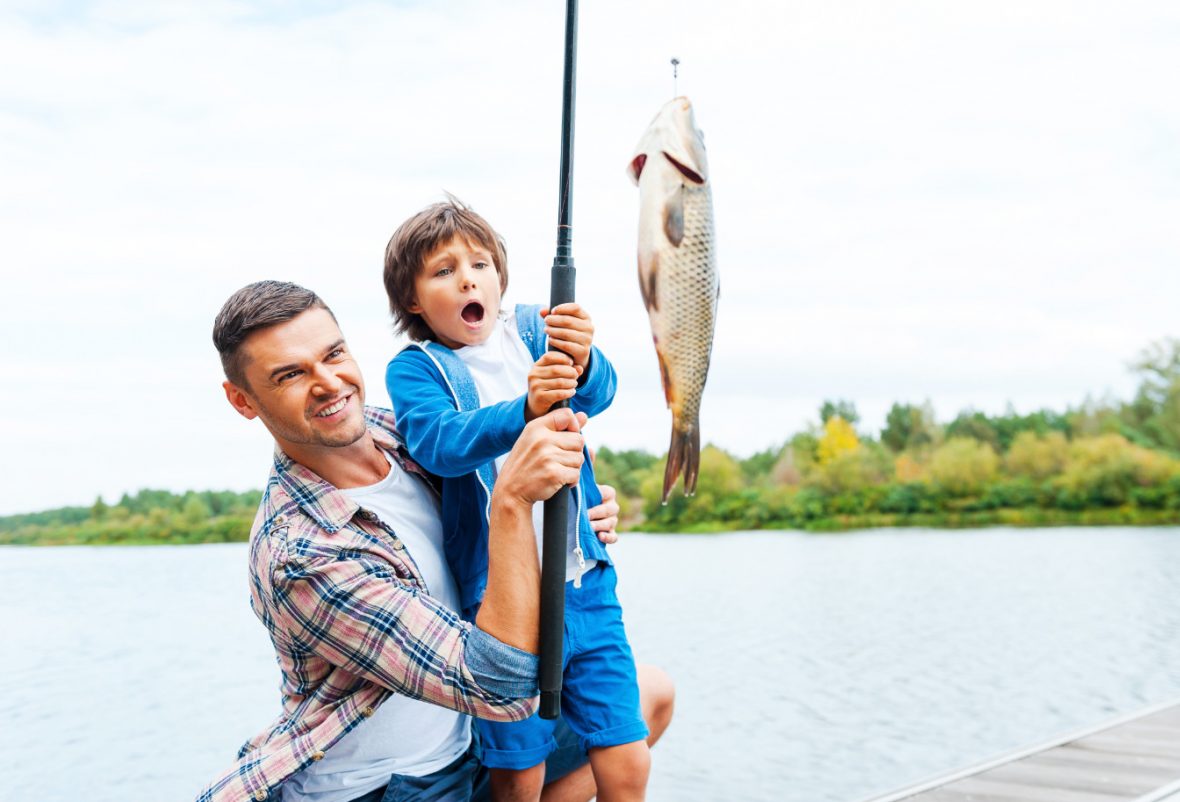
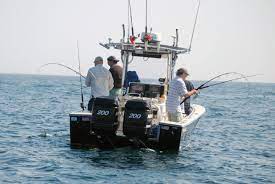





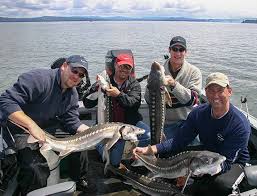
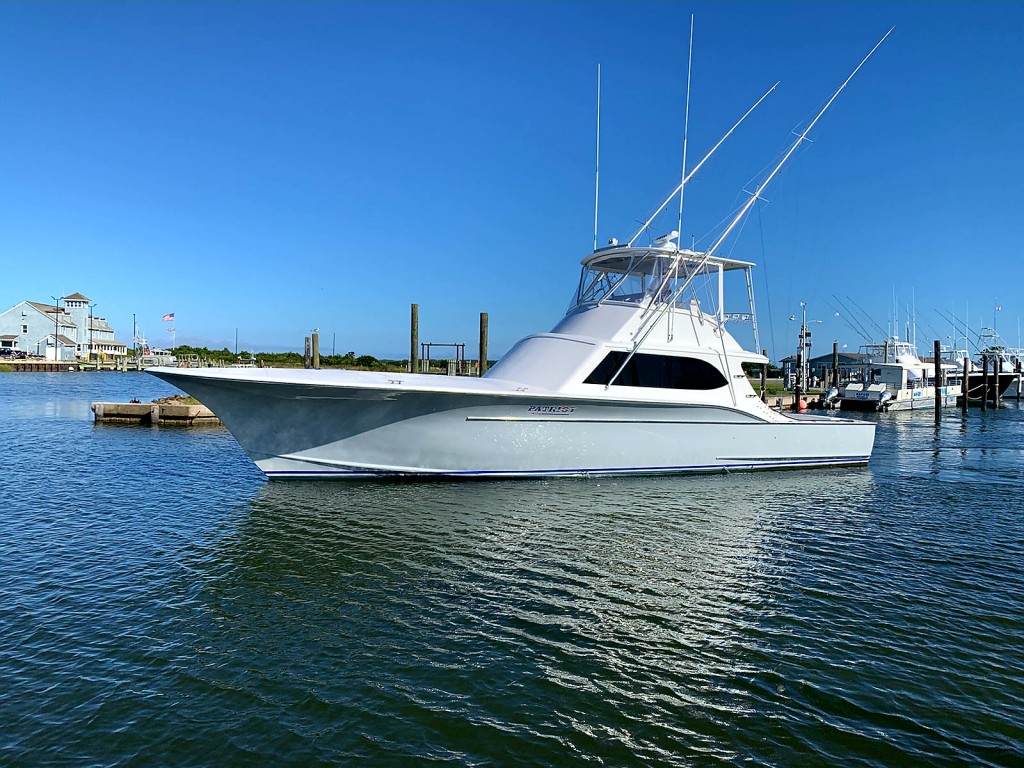







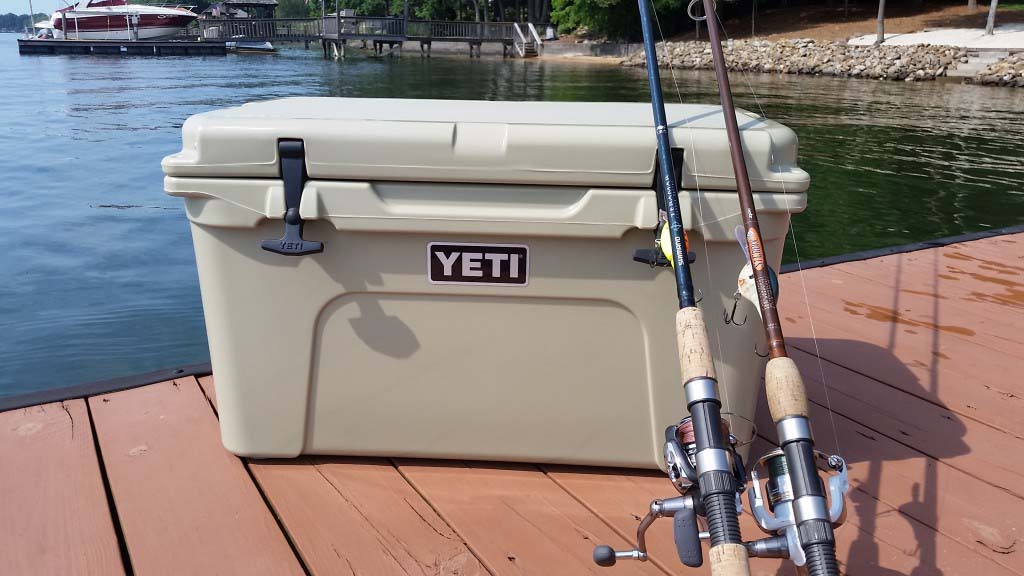
Recent Comments